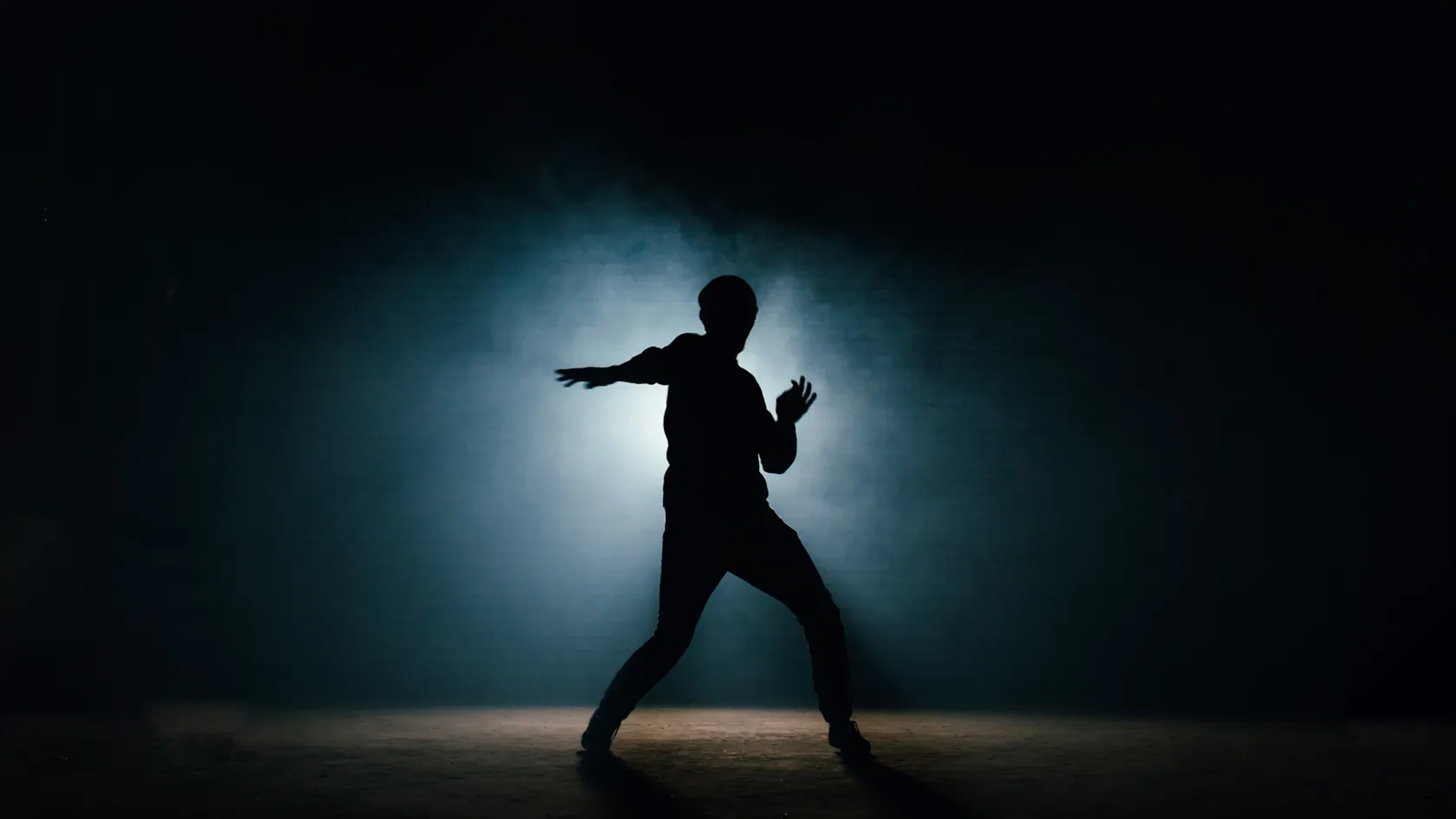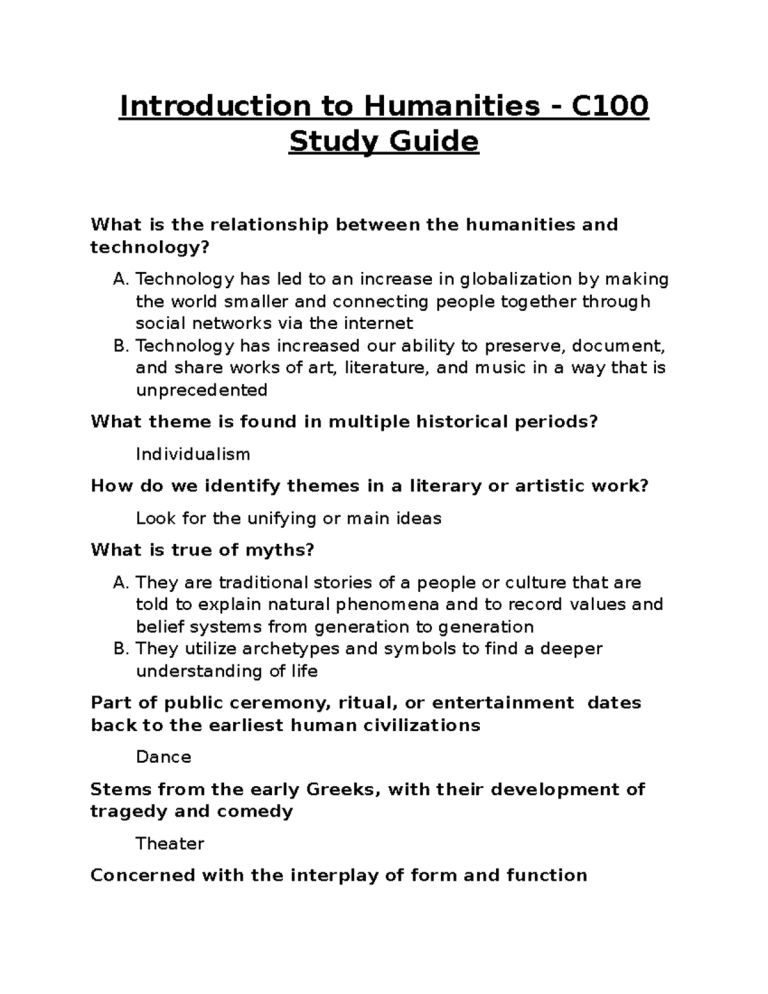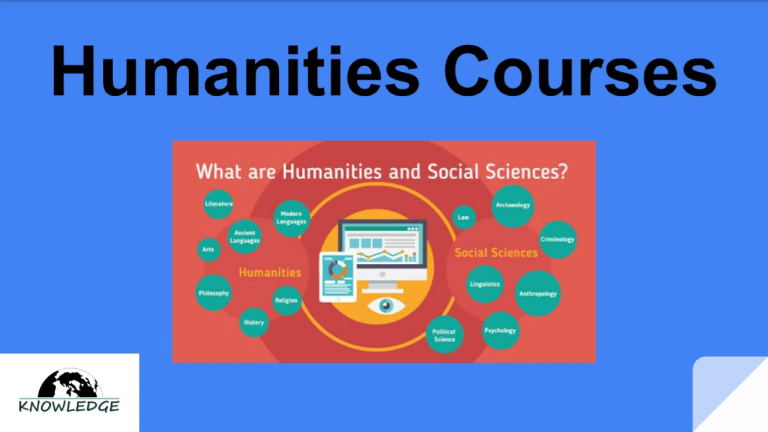Dance Like Somebody’s Watching invites you to immerse yourself in the liberating world of movement, reminding us that true expression transcends mere appearance. Often, we hold back our authentic selves, confined by societal perceptions of how we should look or move. However, this engaging dance philosophy encourages finding release through dance, allowing us to tap into the immense power of dance as a vehicle of self-expression. Whether you are seeking spiritual dance experiences or simply wanting to let loose, the journey begins with embracing your body’s stories. So, why not dance like someone’s watching, and reveal the unseen narrative of your spirit?
Exploring the essence of moving as if you are under observation, the art of dancing is fundamentally about personal expression and emotional liberation. Many individuals find that engaging in movement can unlock deeper connections to their inner selves, offering a pathway to understanding life’s complexities. In the realm of physical expression, spiritual dance practices often serve as a medium for catharsis, allowing one to experience profound joy and release. By leaning into the rhythm and flow of their bodies, dancers can uncover hidden narratives that showcase their unique identities. Ultimately, when one dances with abandon, they celebrate the rich tapestry of human experience.
The Cathartic Nature of Dance
Dance serves as an invaluable outlet for self-expression and emotional release. Engaging in movement allows individuals to access feelings that may have been buried deep within, often leading to a catharsis akin to a spiritual experience. The act of dancing can take us out of our logical minds, enabling us to connect with a more intuitive part of ourselves, which is essential for mental and emotional well-being. By letting go of the fear of judgment, we can experience true freedom in our movements—an essence captured perfectly in the phrase ‘Dance Like Somebody’s Watching.’ This mindset liberates us, urging us to move beyond our inhibitions and embrace the joy of physical expression without concern for appearance or proficiency.
Moreover, the therapeutic effects of dance extend beyond individual expression. Modern research supports the notion that dance can have profound effects on mental health, helping to alleviate stress and anxiety. Encouraging participants to focus less on the steps and more on the emotional and spiritual journey, dance classes can cultivate a safe space where people are free to express themselves authentically. This release is not only beneficial for individuals but also fosters communal bonds, as shared experiences in dance can enhance feelings of connection and support among participants.
Finding Release Through Dance as Self-Expression
In the realm of dance, the concept of self-expression resonates deeply. It is about finding the freedom to express one’s innermost feelings through movement. As Jeffrey L. Page eloquently discusses, every dancer has the opportunity to project their personal narrative and showcase their unique story. This raw emotive power transforms dance from a mere physical activity into an art form that communicates transcendent experiences and evokes emotions in both the performer and the audience. When we allow ourselves to dance like nobody’s watching, it creates an environment where true self-expression flourishes, free from societal constraints.
Moreover, the freedom found in dance allows for profound personal transformations. Many individuals find themselves shedding layers of societal expectations and personal fears when they dance. The act of moving in a supportive atmosphere not only fosters individual authenticity but also promotes collective healing among groups. Observing how others express themselves through movement can inspire newfound courage and openness in each participant, illustrating the unifying power of dance as a medium for expressing complex emotions.
Spiritual Dance: Connecting with the Djinn
The practice of spiritual dance has rich historical and cultural significance in various societies. In Mali, for instance, the djine foly ceremonies invoke a powerful connection to the spiritual realm through movement, where dancers enter trance-like states to commune with djinn, spiritual beings revered in their culture. This form of dancing not only serves as a cultural expression but also as a means of personal release, allowing individuals to experience joy and spiritual enlightenment. Such experiences emphasize how dance can transcend the physical and enter the spiritual, revealing its potential to connect us to something greater than ourselves.
Spiritual dance transports participants into states of heightened awareness, where the mundane transforms into the extraordinary. As dancers lose themselves in rhythmic motions, they often report feelings of ecstasy and liberation akin to catching the ‘holy ghost.’ This euphoric release showcases how deeply dance can resonate, not just as a form of entertainment but as an essential practice for spiritual and emotional well-being. Embracing the power of dance in such a sacred context underscores its importance as a medium for both personal and collective transcendence.
Dance as a Tool for Community Building
Dance is not only a form of individual expression but also a powerful catalyst for community building. When people come together to dance, they create shared experiences that can forge deeper connections among participants. Group dance sessions often lead to a sense of belonging, fostering camaraderie that transcends social barriers. This communal aspect is particularly crucial in cultures where collective identity plays a pivotal role in social dynamics, emphasizing the importance of dance as a tool for unity and cohesion.
In many cultural traditions, communal dances serve to reinforce social bonds and celebrate collective heritage. These gatherings allow individuals to learn about their shared history while expressing joy through movement—a beautiful manifestation of togetherness. By participating in such rituals, community members strengthen their connections, celebrate their uniqueness, and embrace the diverse expressions of dance that reflect their shared values and traditions.
Understanding the Power of Dance
The power of dance lies in its ability to communicate emotions and stories without the need for words. It transcends cultural and language barriers, making it a universal language. Dance can convey joy, sorrow, anger, and love, allowing individuals to express what may be difficult to articulate verbally. This potent form of expression empowers people to share their truths and connect on deeper levels, demonstrating that movement is not just physical; it is emotional and spiritual as well.
Furthermore, the transformative energy of dance can lead to profound changes in personal and societal perspectives. As individuals feel empowered to express themselves openly and authentically through movement, they begin to see the world through a different lens. This shift fosters empathy and understanding, reminding us of our shared humanity, and displaying the inherent power of dance as a tool for personal growth and collective healing.
Practical Dance Tips for Everyone
For those looking to enhance their dancing experience, embracing practical tips can lead to more fulfilling and freeing movements. One effective tip is to focus on your breath; integrating deep breathing into your practice helps ground you and enhances your connection to the body, allowing for a more fluid dance experience. Incorporating mindfulness while dancing not only enriches your physical performance but also deepens the emotional expression that comes through movement.
Another essential tip is to release the fear of judgment. Whether taking a class or dancing at a social event, it’s vital to remind yourself that dance is a journey of self-exploration rather than a pursuit of perfection. By letting go of expectations and simply enjoying the rhythm, dancers can unlock their unique styles and interpretations. Ultimately, the goal is to find joy in movement, gaining insights into oneself while celebrating the power of dance as a form of expression.
Embracing Dance as Self-Discovery
Dance serves as an incredible journey of self-discovery. Every step, every sway, and every skip can unveil layers of oneself that remain hidden in daily life. Whether you intend to dance to capture a moment of freedom, express emotions, or simply celebrate life, engaging in this activity can lead to valuable insights and a deeper understanding of who you are as an individual. Through the exploration of various dance styles, one can discover preferences, strengths, and even latent talents.
Moreover, participating in dance creates opportunities for personal growth. Exploring different movement forms fosters a sense of curiosity and encourages self-exploration. Each dance session can become a lesson in vulnerability, courage, and joy, illuminating the unique ways that each individual can express their personality. Embracing dance as a tool for self-discovery invites constant learning and growth, highlighting its essential role in personal development.
The Significance of Dance in Cultural Identity
Dance plays a crucial role in shaping cultural identity and preserving traditions. It serves as a medium through which heritage is celebrated and passed down through generations. Different cultural dance forms, whether traditional folk dances or modern interpretive styles, provide a glimpse into the historical narratives and values of a community. Through dance, individuals embrace their roots, fostering a sense of pride and belonging that is integral to cultural identity.
Additionally, cultural dance offers a platform for storytelling and representation. By participating in traditional dances, individuals connect with their ancestry and history, celebrating the uniqueness of their cultural backgrounds. This act of preserving and sharing cultural heritage through dance not only strengthens communal ties but also educates others about the richness and diversity of human experience, showcasing the power of dance as a vessel for cultural expression and understanding.
Finding Dance in Everyday Life
Incorporating dance into daily life can have significant benefits for mental and emotional health. Whether in the privacy of your home or in social settings, allowing yourself to dance regularly can improve mood, reduce stress, and promote a sense of well-being. Simple practices, such as dancing while cooking or putting on a favorite song during a break, can rejuvenate your spirits and enhance your connection to the joy of movement.
Furthermore, engaging with dance outside of structured classes can lead to newfound creativity and self-expression. Embracing spontaneous moments to move allows individuals to explore rhythm and flow in an unfiltered way, fostering a deeper connection with their bodies. The key is to integrate movement into your routine, recognizing that every opportunity to dance is a chance to express your feelings and release pent-up emotions, further underscoring the power of dance in everyday life.
Frequently Asked Questions
What are some dance tips for dancing like somebody’s watching?
To truly embody the concept of ‘dance like somebody’s watching’, focus on self-expression and confidence. Begin with basic dance tips: let your body move freely, use your arms and legs to create shapes, and engage your facial expressions to convey emotion. Remember, dance is about finding release through movement, so don’t hold back—feel the rhythm and let your spirit shine!
How can I find release through dance as if someone is watching?
Finding release through dance while imagining an audience can help amplify your expressive power. Start by letting your inhibitions go; choose music that moves you emotionally and allows your body to respond authentically. Embrace the idea that dance can be a form of self-expression, and allow each movement to reflect your feelings—after all, when you dance like somebody’s watching, you remind yourself of the joy and freedom inherent in each movement.
What is spiritual dance and how does it relate to dancing like somebody’s watching?
Spiritual dance is a form of movement that connects the dancer to a deeper sense of self or spirituality, often involving trance-like states. When you dance like somebody’s watching, you engage in a spiritual dance by allowing yourself to be vulnerable and open. This connection enhances self-expression and can lead to cathartic experiences, highlighting the power of dance to heal and liberate your spirit.
What is the power of dance in self-expression?
The power of dance lies in its ability to convey feelings and tell stories without words. When you dance like somebody’s watching, you harness this power to express what is often left unsaid. Through body language, rhythm, and movement, you can share your experiences and emotions, making your dance a profound form of self-expression that connects you with others, even if they’re merely observers.
How can I use dance as self-expression while thinking about an audience?
Using dance as self-expression while imagining an audience allows you to embody your movements with intention and passion. Visualize the people watching you, and use their imagined energy to fuel your performance. This mindset encourages you to convey a story or emotion authentically, making your dance more impactful. Embrace every step, letting go of perfection and focusing instead on the joy of movement and the message behind your dance.
| Key Point | Details |
|---|---|
| Dance as Expression | Dancing allows individuals to express themselves and be seen, contrasting the experiences of invisibility. |
| Importance of Release | Releasing inhibitions while dancing leads to catharsis and joy, reflecting a spiritual connection. |
| Trance and Spirituality | In various cultures, including West Africa, dance can bring about a trance-like state, which connects individuals to a deeper sense of happiness and spiritual fulfillment. |
| Dancing with Abandon | Encouragement to dance without concern for appearance; it’s about the internal liberation rather than external judgment. |
Summary
Dance Like Somebody’s Watching captures the essence of self-expression and the empowerment that comes through dance. This topic emphasizes that in dancing, individuals can release their internal struggles and achieve a sense of spiritual connection. It challenges societal expectations and encourages participants to move freely, celebrating their unique bodies and stories. The transformative power of dance not only provides joy and catharsis but also invites people to connect with something greater within themselves, making it an invaluable form of art and culture.




